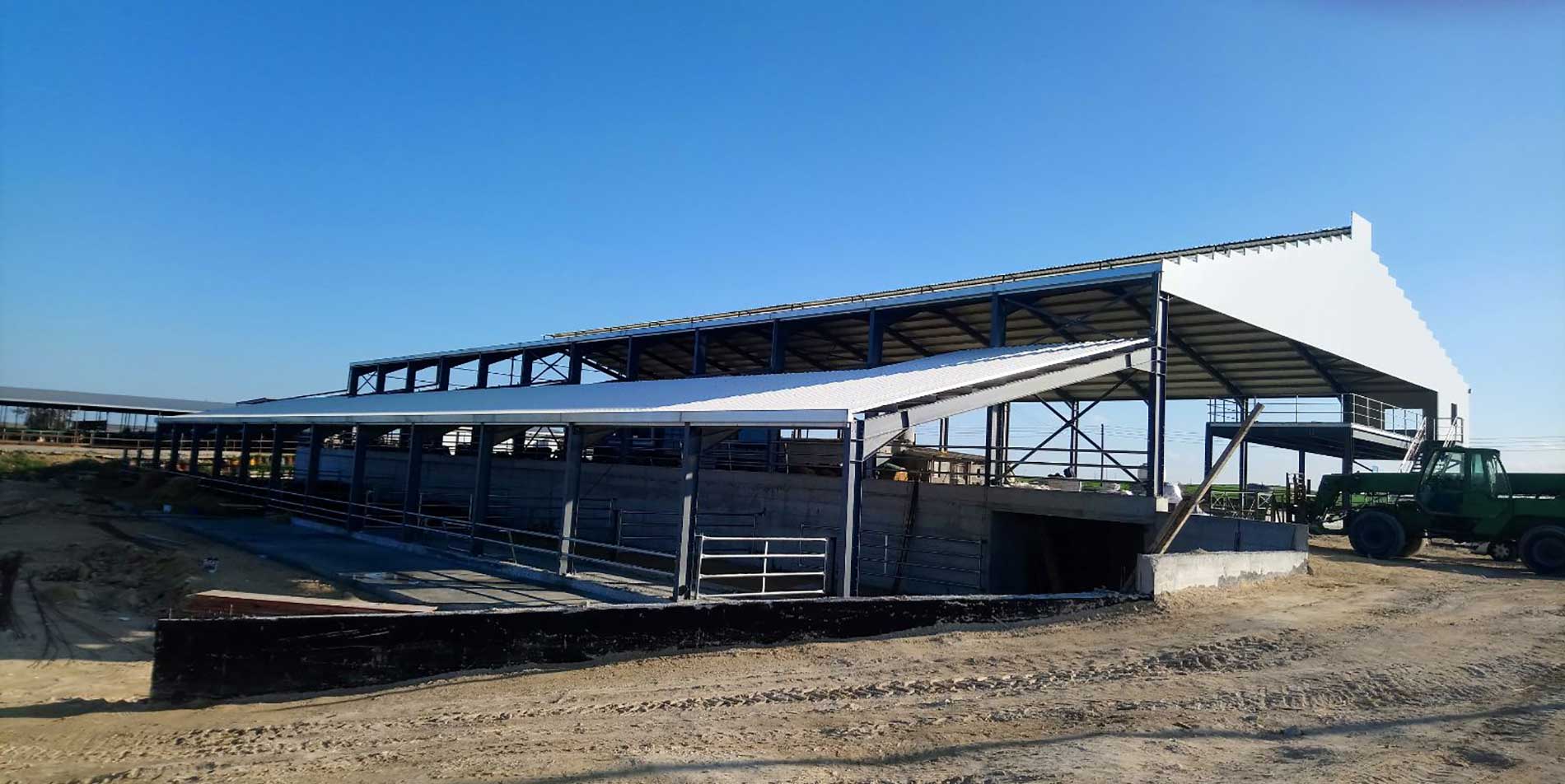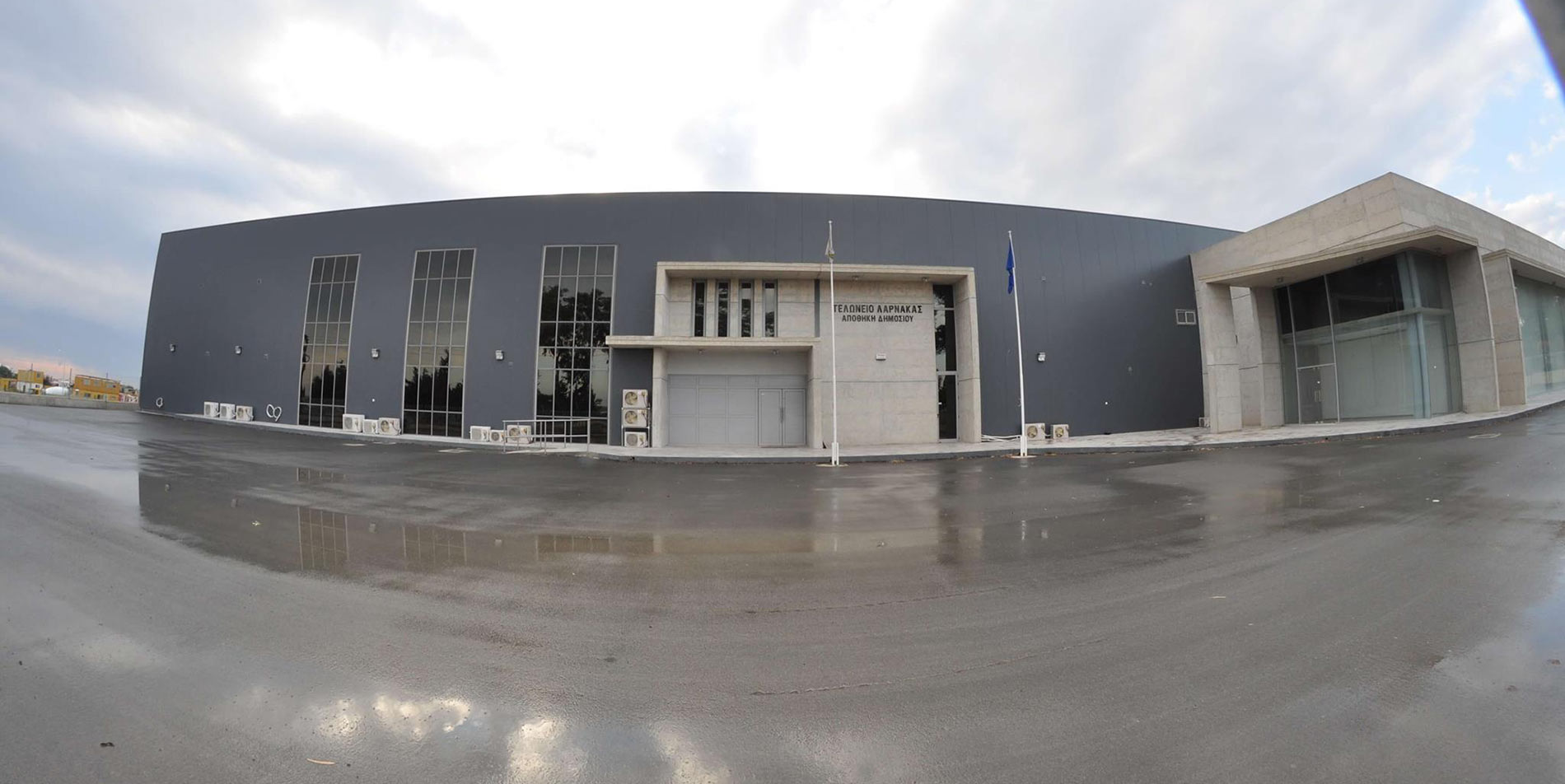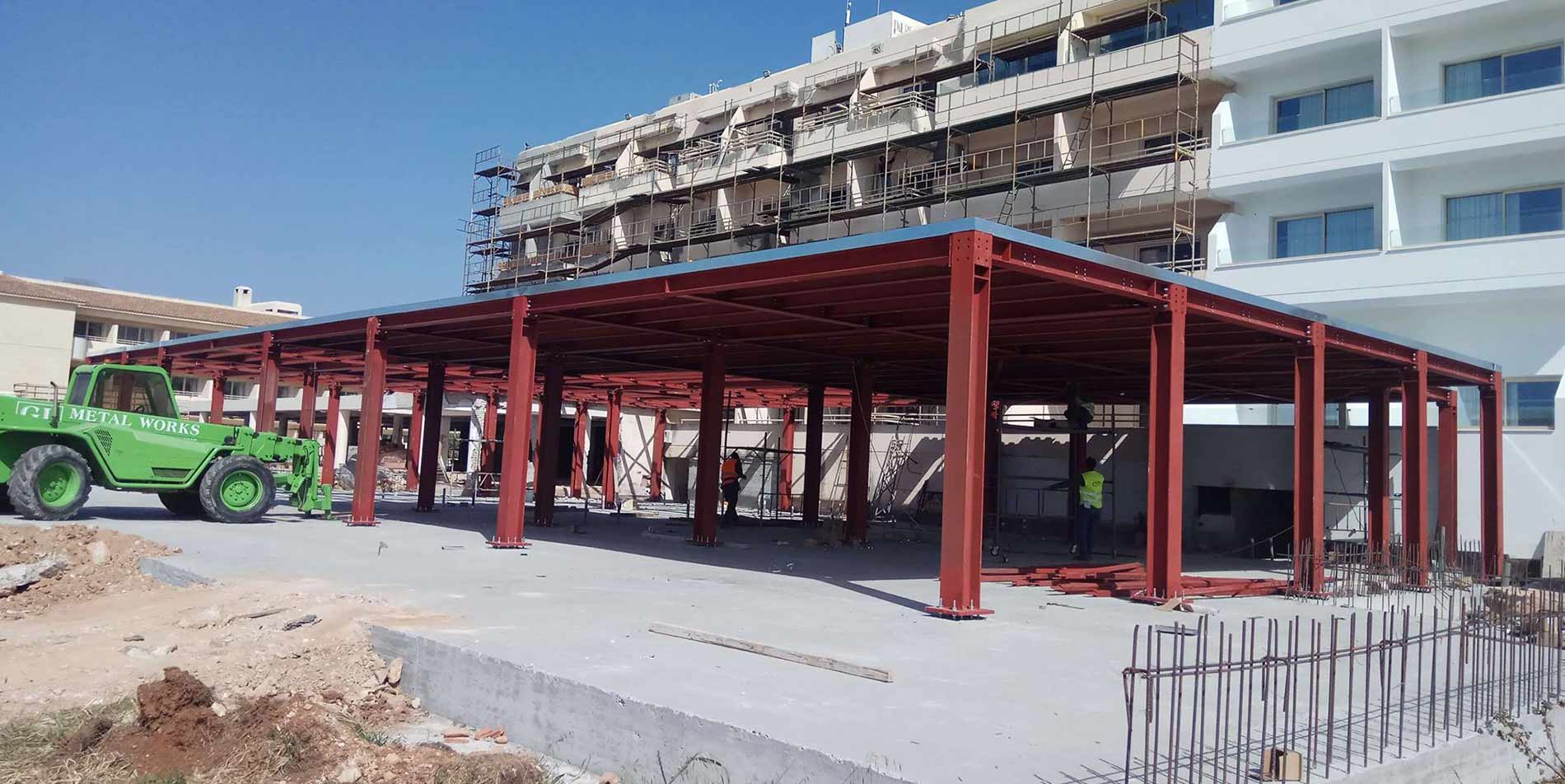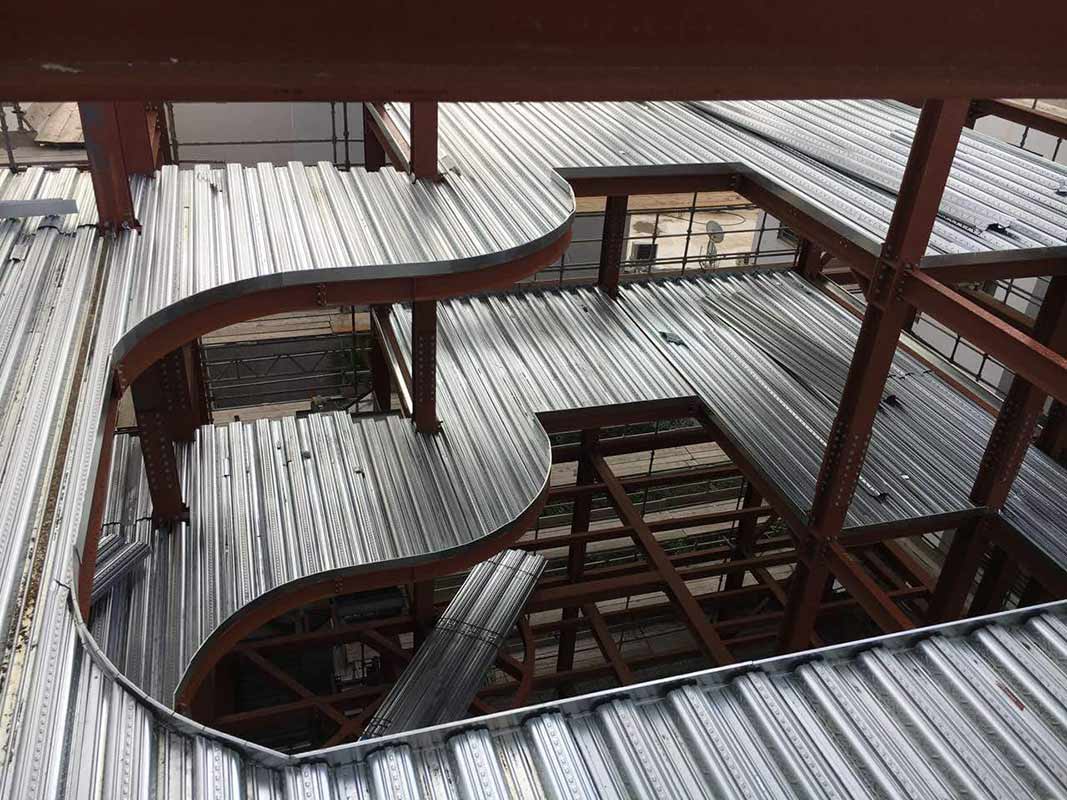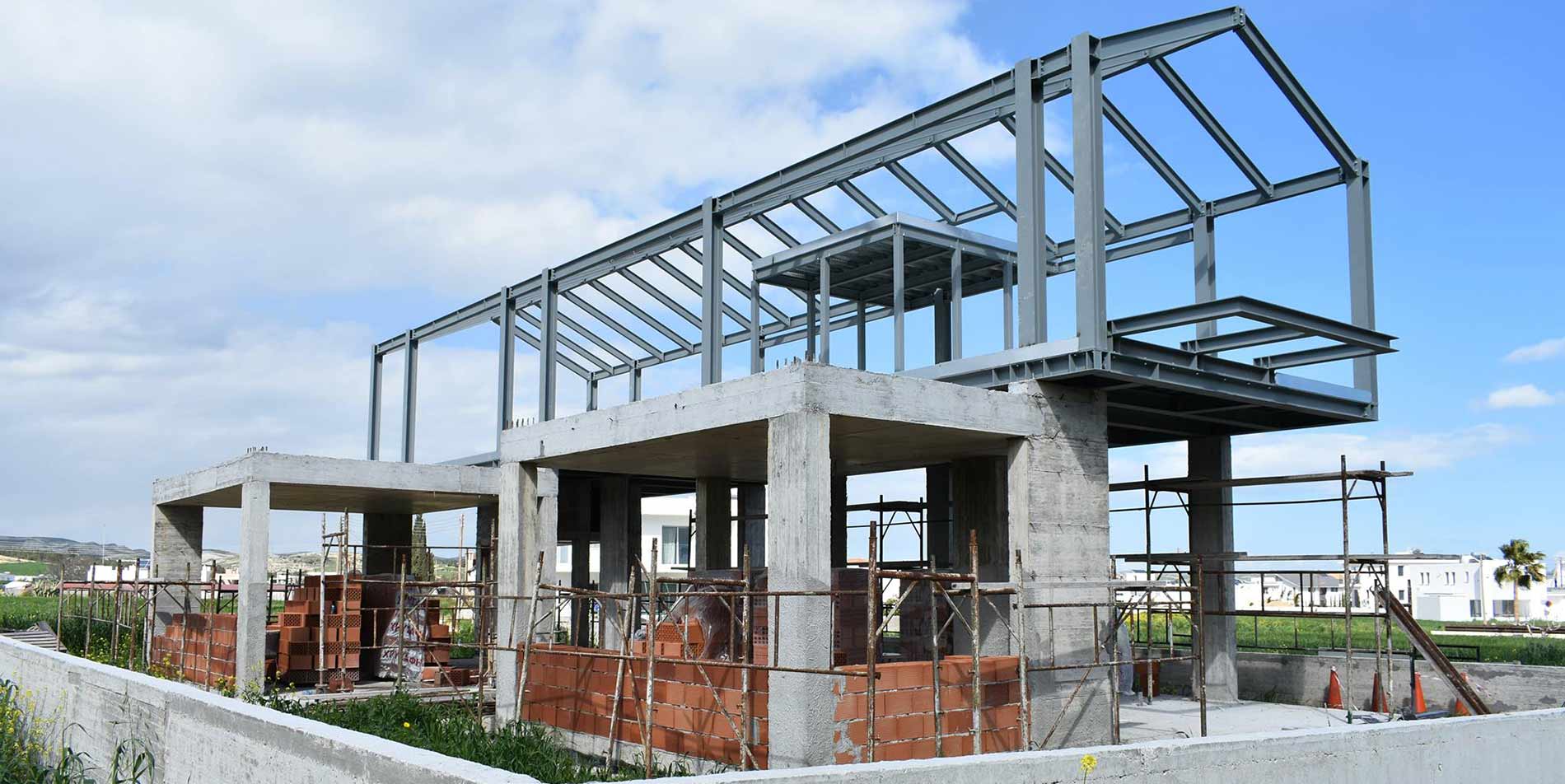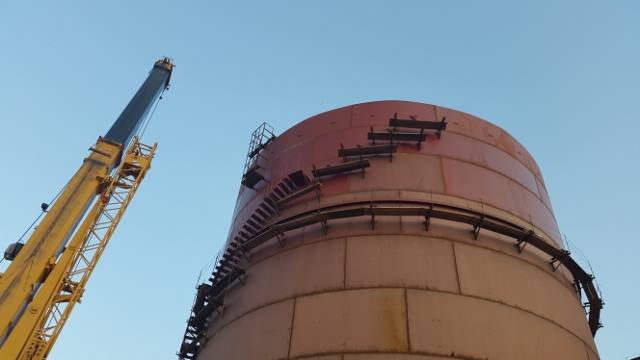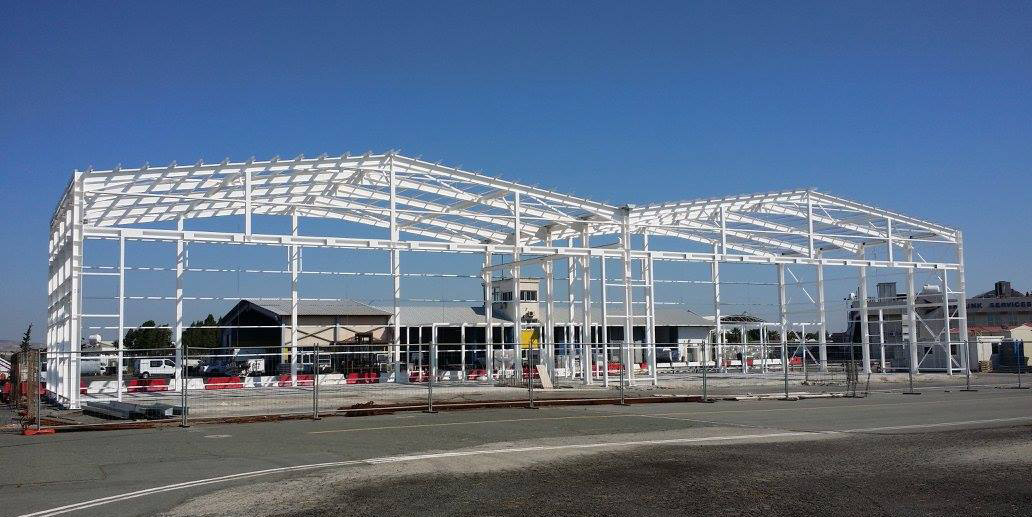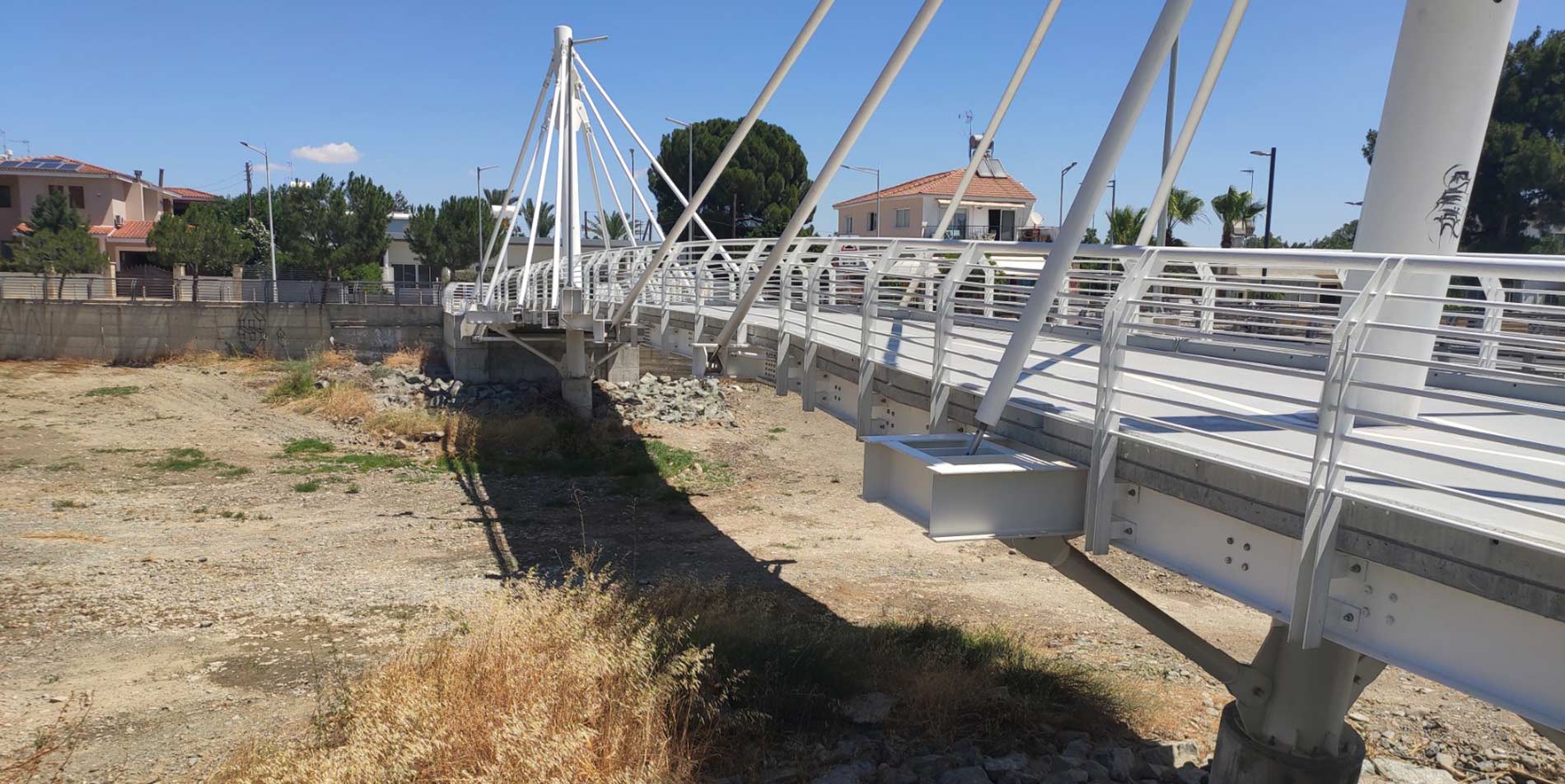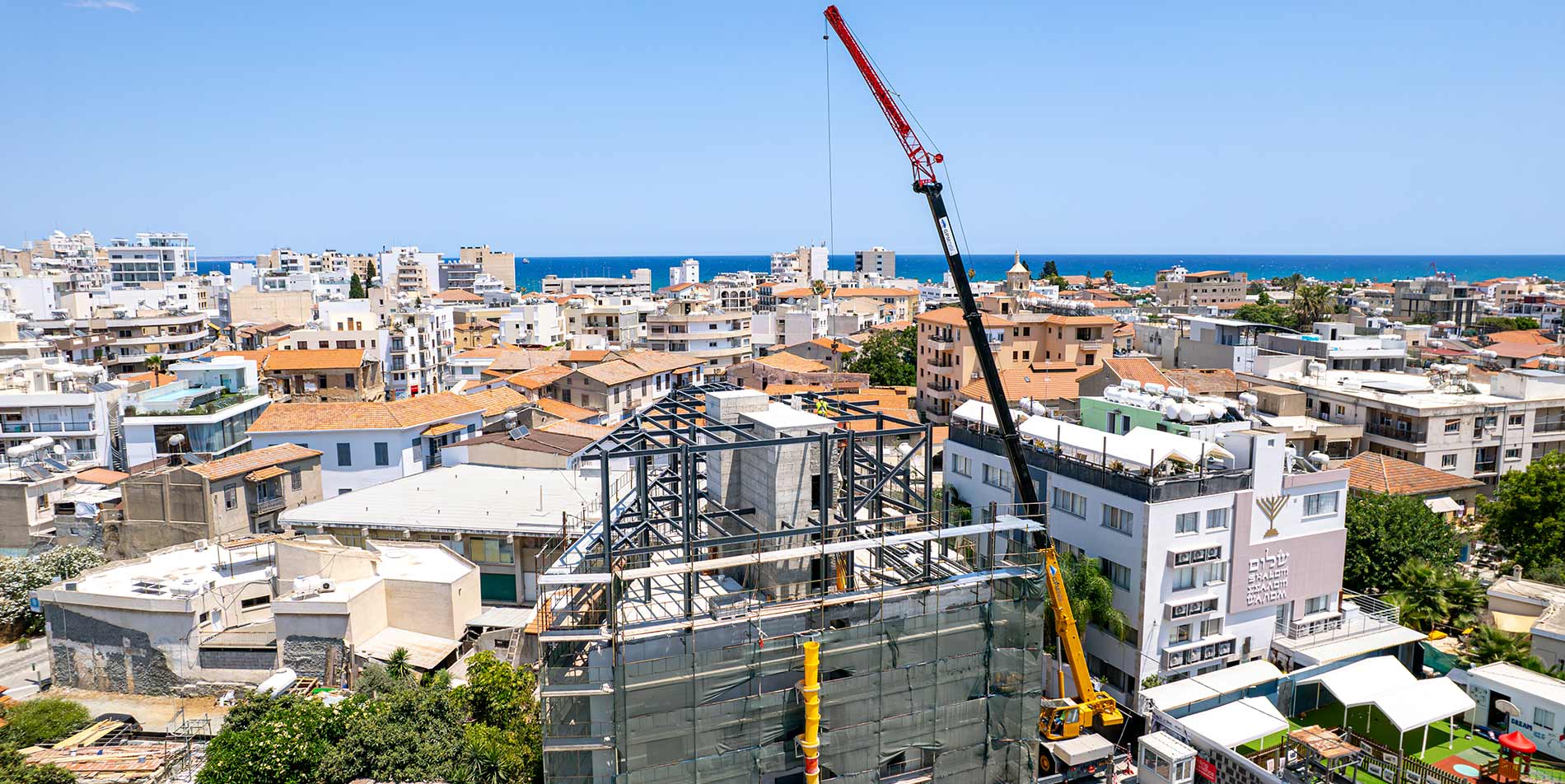When comparing metal houses to concrete houses, there are several reasons to consider:
- Efficiency in Construction: Metal houses typically involve quicker construction times due to the prefabrication of components and ease of assembly. This efficiency translates into cost savings on labor and reduced construction timelines.
- Sustainability: Steel, the primary material used in metal construction, is highly recyclable, making metal houses an eco-friendly option. Additionally, metal frames often require less energy during manufacturing compared to concrete, further reducing their environmental impact.
- Design Flexibility: Metal's strength-to-weight ratio allows architects and builders to create unique, spacious designs with larger open spaces and wider spans. This design flexibility enables homeowners to customize their living spaces to suit their preferences and needs.
- Resistance to Natural Disasters: Metal houses exhibit excellent resistance to seismic activity, hurricanes, and strong winds, providing enhanced safety during natural disasters. The inherent strength of steel contributes to the structural integrity of the building, offering peace of mind to occupants.
- Low-Cost Maintenance: Metal houses demand minimal maintenance over time, as steel is resistant to rot, termites, and other pests. Additionally, metal does not warp or crack like concrete, reducing the need for costly repairs.
- Energy Efficiency: Metal houses can be designed with high insulation levels, promoting energy efficiency, and reducing heating and cooling costs for homeowners.
In summary, opting for a metal house can lead to cost savings, sustainable building practices, design versatility, improved resilience, low maintenance requirements, and enhanced energy efficiency. These attributes collectively make metal houses a compelling choice for those seeking a durable, eco-friendly, and modern living space.
